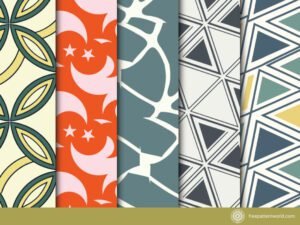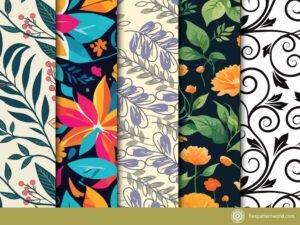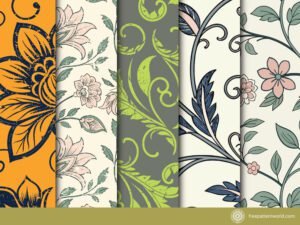
Aztec patterns, with their vibrant colors and intricate designs, are a testament to the rich cultural heritage of the Aztec civilization. These patterns, characterized by geometric shapes and symbolic motifs, have transcended time and continue to inspire contemporary design. Here, we explore the top 5 Aztec pattern designs that showcase the unique artistry of this ancient culture.
Geometric Shapes and Symmetry
One of the most recognizable aspects of Aztec patterns is the use of geometric shapes and symmetry. These designs often feature repeating motifs such as diamonds, triangles, and zigzags, arranged in a symmetrical layout. The precision and balance in these patterns create a visually appealing and harmonious effect. They are often used in textiles, pottery, and modern graphic design.
Key Features:
- Repeating geometric shapes
- Symmetrical arrangement
- Bold and contrasting colors
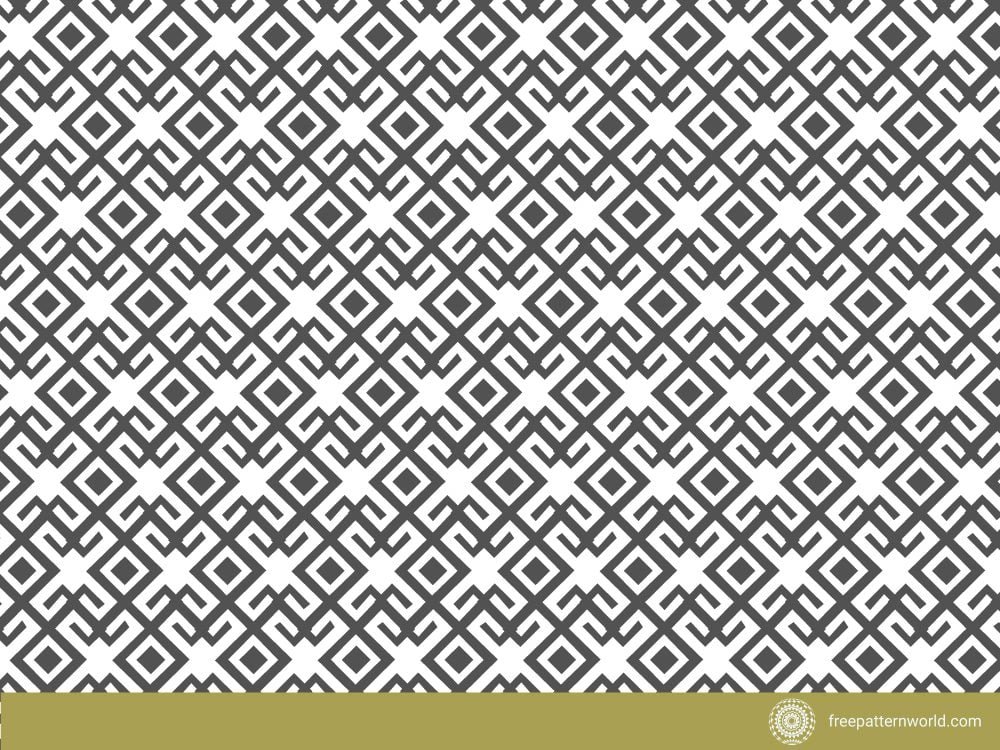
Glyphs and Symbols
Aztec patterns frequently incorporate glyphs and symbols that were significant in Aztec culture. These symbols often represent deities, animals, and natural elements. For instance, the sun, represented by the Tonatiuh glyph, is a common motif that symbolizes life and energy. Incorporating these ancient symbols into modern designs adds a layer of cultural depth and historical significance.
Key Features:
- Ancient glyphs and symbols
- Cultural and historical significance
- Detailed and intricate designs
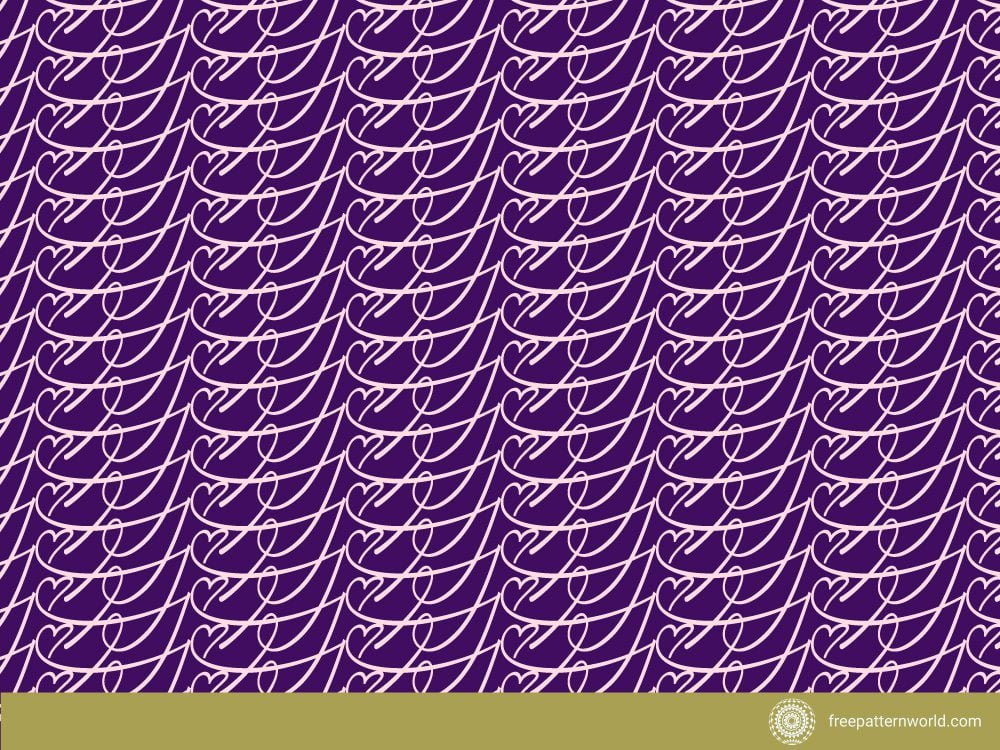
Feathered Serpent (Quetzalcoatl)
The Feathered Serpent, or Quetzalcoatl, is a prominent figure in Aztec mythology. Patterns featuring this deity often depict a serpent with feathers, combining both reptilian and avian elements. These designs are not only visually striking but also rich in mythological meaning, representing the god of wind, air, and learning.
Key Features:
- Depiction of the Feathered Serpent
- Mythological significance
- Combination of serpent and feather motifs
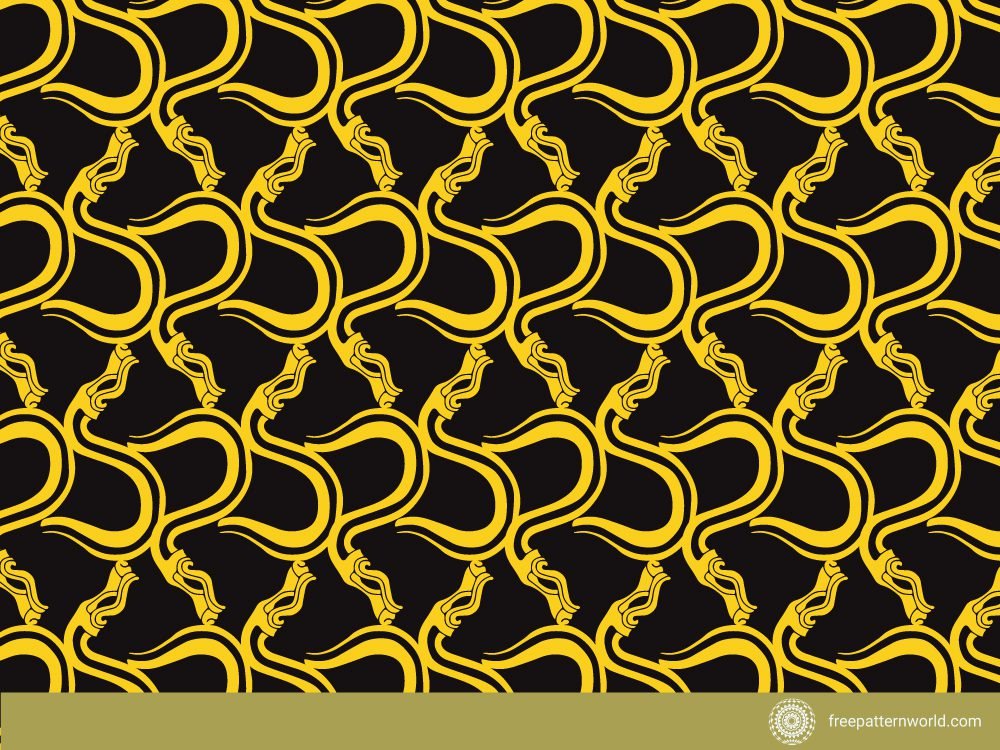
Aztec Calendar Stone
The Aztec Calendar Stone, also known as the Sun Stone, is an iconic symbol of the Aztec civilization. Patterns inspired by this stone often feature intricate circular designs with detailed carvings that represent various deities and astronomical elements. These patterns are complex and highly detailed, making them ideal for larger surfaces such as murals or tapestry.
Key Features:
- Circular and detailed designs
- Astronomical and mythological elements
- Highly intricate and complex patterns
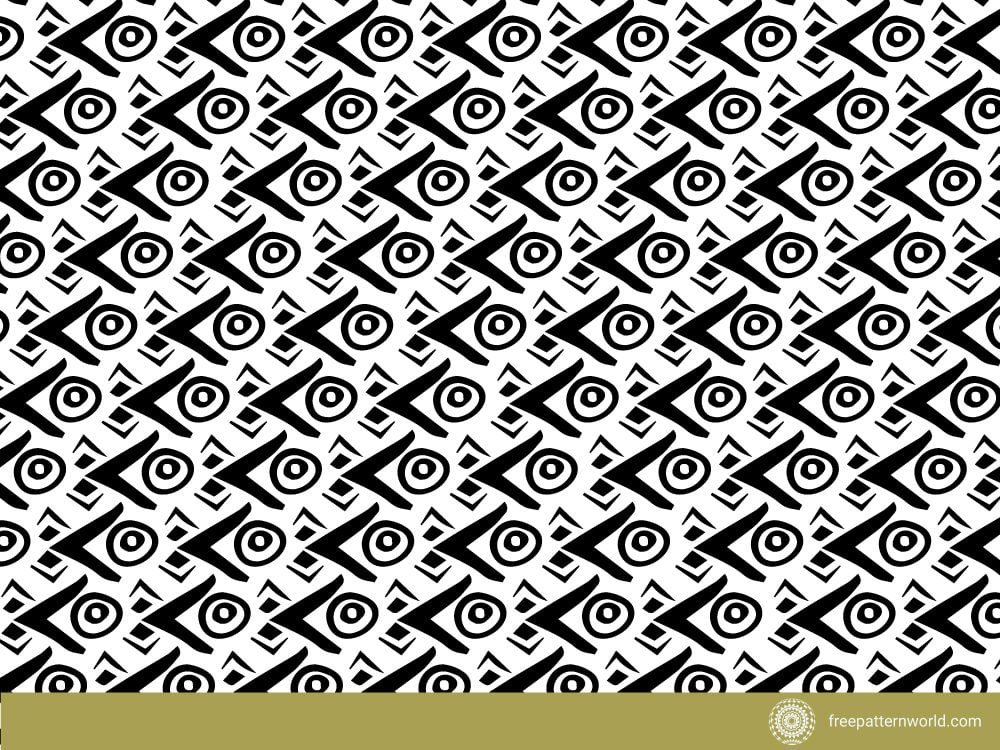
Mosaic Patterns
Mosaic patterns in Aztec design are created by assembling small, colorful pieces to form larger images or designs. These patterns are reminiscent of the mosaic art found in ancient Aztec temples and palaces. They often feature vibrant colors and a mix of geometric shapes, creating a dynamic and textured effect. Modern interpretations of these patterns can be seen in various forms of digital art and contemporary fashion.
Key Features:
- Use of small, colorful pieces
- Dynamic and textured effect
- Vibrant and lively colors
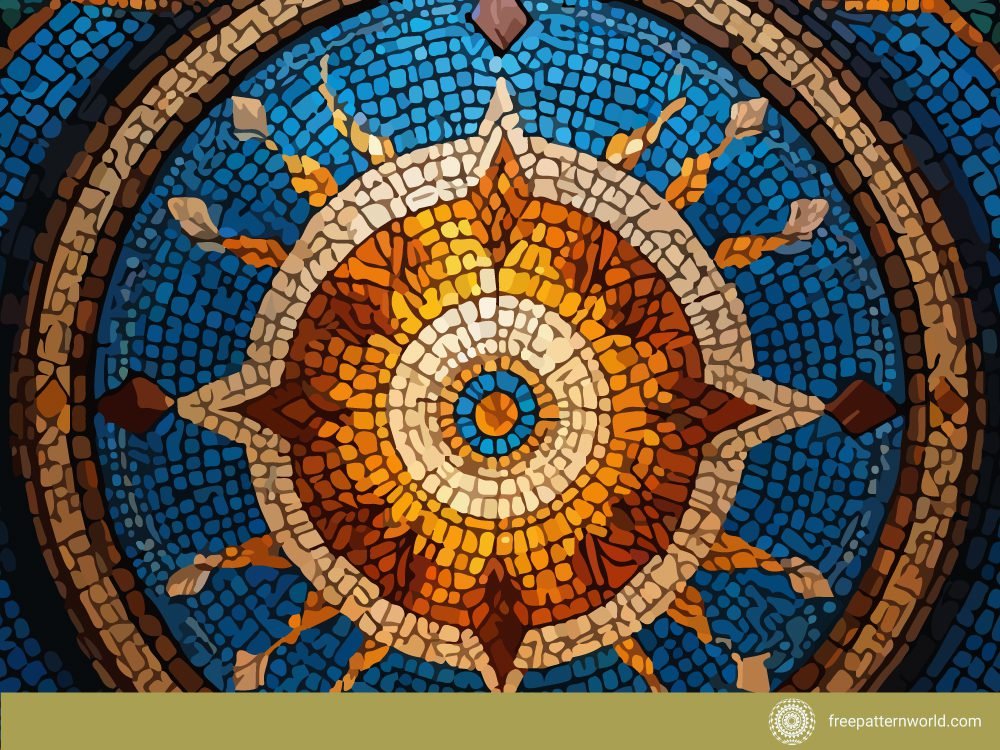
Aztec patterns are a testament to the intricate artistry and rich cultural heritage of the Aztec civilization. From geometric shapes and ancient glyphs to mythological figures and mosaic designs, these patterns continue to inspire and influence modern design. Whether used in textiles, graphic design, or architecture, Aztec patterns bring a touch of historical depth and cultural richness to any project.
By exploring and incorporating these top 5 Aztec pattern designs, designers can pay homage to this ancient civilization while creating visually stunning and meaningful works of art.
To download more Click here.
Download more free designs from freepatternword and freepik.
Top Graphic design service provider – Click here.
What are the defining characteristics of Aztec patterns?
Aztec patterns are known for their geometric shapes, symmetry, and complex designs. They typically include motifs like diamonds, triangles, and zigzags, as well as cultural symbols and glyphs representing historical and mythological significance.
What cultural elements do Aztec patterns represent?
Aztec patterns often feature elements from Aztec culture, such as deities, animals, and natural symbols. Common symbols include the sun (Tonatiuh glyph) and the Feathered Serpent (Quetzalcoatl), reflecting mythological and religious beliefs.
How can Aztec patterns be used in modern design?
Aztec patterns are popular in modern design, appearing in textiles, graphic design, fashion, and interior decor. Their bold colors and intricate designs add a touch of cultural richness and visual appeal to contemporary products, blending ancient artistry with modern aesthetics.
What is the significance of the Aztec Calendar Stone in pattern design?
The Aztec Calendar Stone, or Sun Stone, is a detailed circular design featuring carvings of deities and astronomical elements. Patterns inspired by this stone are highly detailed and often used in large-scale designs like murals or tapestries to showcase the intricate artistry of the Aztecs.
Where can I find examples of Aztec pattern designs?
You can find examples of Aztec pattern designs in historical artifacts, museums, and contemporary design portfolios. Online platforms such as Pinterest, design blogs, and cultural heritage websites also showcase a wide range of Aztec-inspired patterns.
What are some common motifs in Aztec patterns?
Common motifs in Aztec patterns include the serpent, eagle, jaguar, and various geometric shapes. These motifs often symbolize power, strength, and the natural world, reflecting the Aztec’s deep connection with their environment and mythology.
How do Aztec patterns influence modern fashion?
Aztec patterns have a significant influence on modern fashion, appearing in clothing, accessories, and footwear. Designers incorporate these patterns to add a unique, cultural touch to their collections, blending traditional designs with contemporary styles.
Can Aztec patterns be customized for personal projects?
Yes, Aztec patterns can be customized for personal projects. Designers often adapt these patterns to fit specific themes or color schemes, creating unique and personalized designs while maintaining the essence of Aztec artistry.
What materials are best suited for creating Aztec patterns?
Aztec patterns can be created using various materials, including fabric, paper, wood, and metal. The choice of material depends on the intended use, such as textiles for fashion, paper for stationery, or wood and metal for decorative items.
How do I incorporate Aztec patterns into home decor?
Incorporate Aztec patterns into home decor through items like rugs, pillows, wall art, and furniture. These patterns can add a vibrant and culturally rich touch to any space, creating a unique and visually appealing environment.

